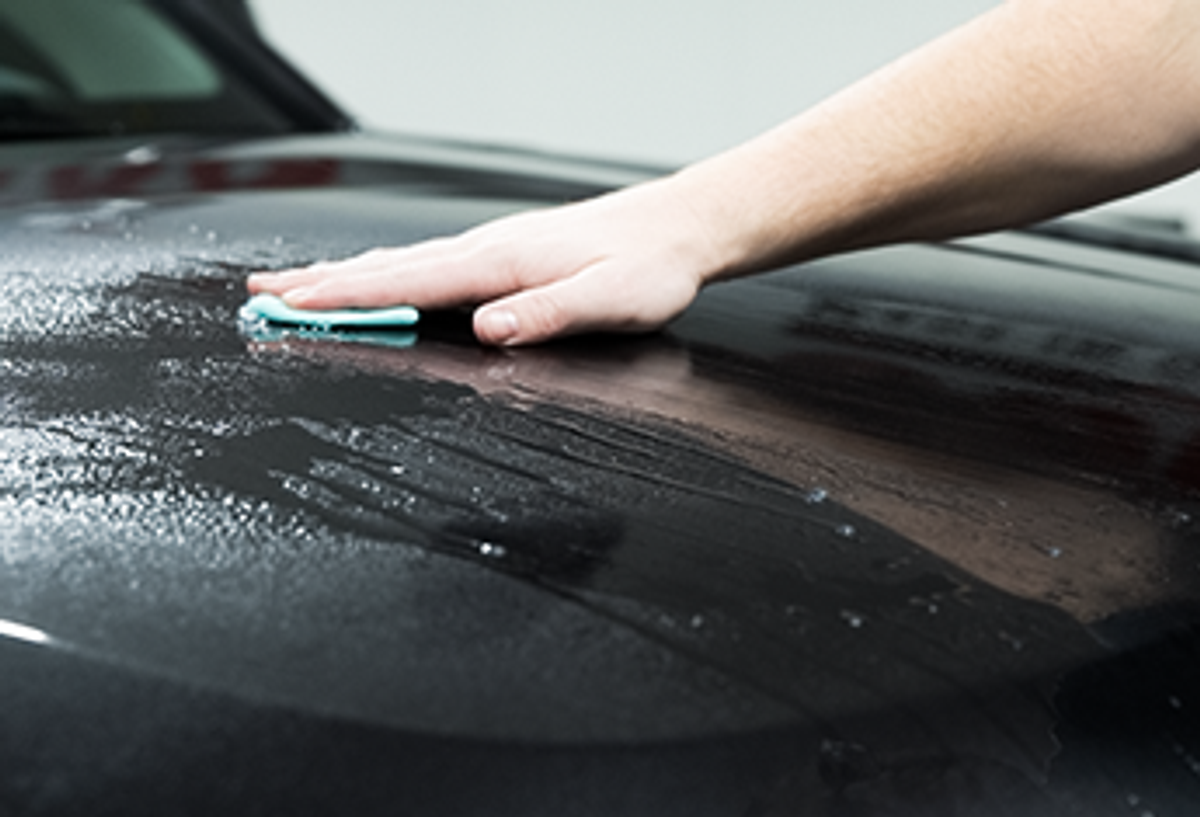
Clay Bars & Decontamination
The Power of Clay Bars & Decontamination
To truly take your car's finish to the next level, you need to go beyond basic washing. Our professional-grade Clay Bar & Decontamination system is specifically designed to remove stubborn, embedded contaminants that washing alone can't touch. Think of those gritty particles like brake dust, industrial fallout, tree sap, and road tar – these bonded impurities make your paint feel rough and dull. Using detailing clay gently pulls these particles from the surface, leaving your paint feeling incredibly ultra-smooth and perfectly prepared for waxing, sealing, or ceramic coating.
This essential decontamination process is safe for all paint types, glass, and chrome, ensuring a deep clean without scratching. The result is a visibly cleaner, slicker finish that significantly enhances gloss, dramatically extends the life of your wax or protective coating, and greatly improves overall paint clarity. Before applying any polishes, waxes, or ceramic coatings, your vehicle's paint needs to be completely spotless. Even the tiniest specks of dirt or grime can prevent these finishing products from properly bonding, or worse, get trapped underneath as a semi-permanent blemish. Our clay bars and clay bar lubricant will remove even the most microscopic debris, ensuring a sleek, perfectly smooth appearance.
Even after using high-quality car washes and cleaners, microscopic debris often remains. A clay bar for car detailing effortlessly removes stubborn contaminants like dead bugs, bird droppings, tar, and even paint overspray after minor repairs, all without the need for time-consuming compounds. At Autogeek, we make it easy for anyone to put together a complete clay bar kit to effectively clean automotive paints and clear coats.
Your Go-To Source for Paint Decontamination Tools
Detailing supplies once exclusive to professional shops are now accessible for your garage. We offer a comprehensive assortment of clay bars and clay lube specifically formulated for superior paint cleaning. If a traditional clay bar seems daunting, hobbyists can opt for user-friendly alternatives like clay foam blocks, clay mitts, and clay towels, which provide similar decontamination benefits with a different application method. For paint heavily laden with iron deposits, our specialized automotive iron removers will safely dissolve and remove these metallic particles without damaging your vehicle's finish. We also provide convenient storage cases to preserve your detailing clay for future projects, ensuring it remains effective.
Autogeek is where shine happens, and it all begins with offering only the best clay bar products from established and trusted brands. Shop top solutions from Gyeon Quartz, Griot’s Garage, Pinnacle Natural Brilliance, and Chemical Guys clay bar systems, among others. Ready to achieve an unparalleled smooth finish? Read our "How to Use Auto Detailing Clay" guide to get started and unlock your paint's true potential.
